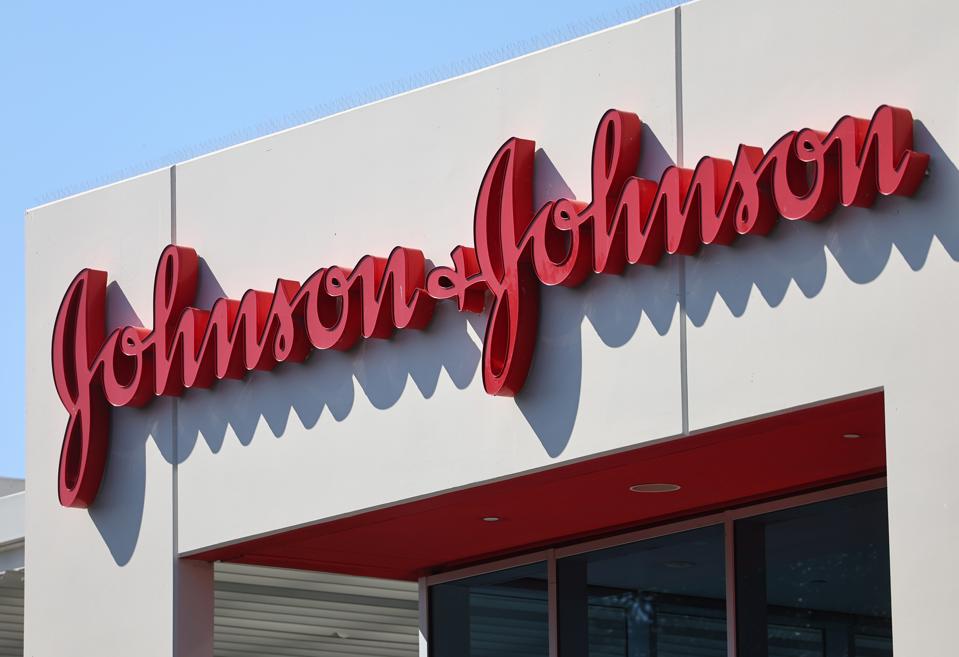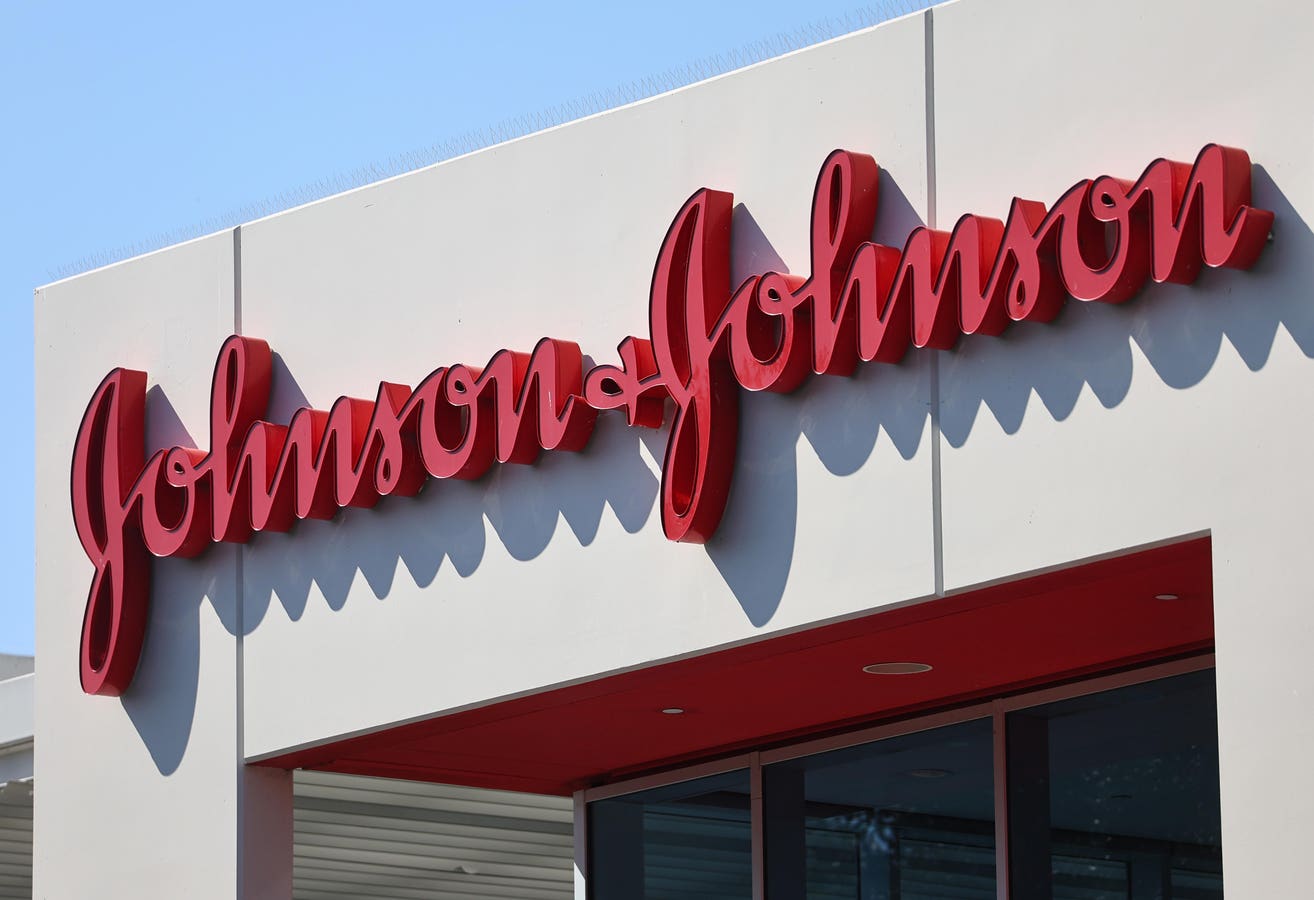
IRVINE, CALIFORNIA – OCTOBER 17: The Johnson & Johnson logo is displayed at company offices on October 17, 2023 in Irvine, California. Johnson & Johnson beat Wall Street’s quarterly revenue and earnings estimates as sales in its pharmaceutical and medical devices businesses grew. (Photo by Mario Tama/Getty Images)
Getty Images
Over the past ten years, Johnson & Johnson (NYSE: JNJ) has delivered an impressive $157 Bil back to its investors through cash distributions via dividends and buybacks. This commitment to shareholder value has translated into exceptional market performance in 2025, with the stock delivering a remarkable 26% year-to-date return, significantly outpacing the broader healthcare sector and demonstrating the defensive strength that has made JNJ a cornerstone holding for income-focused investors.
The healthcare giant announced its 63rd consecutive year of dividend increases, raising the quarterly dividend by 4.8% to $1.30 per share – a testament to the company’s unwavering commitment to rewarding shareholders.
Johnson & Johnson’s robust cash generation capabilities were further demonstrated through aggressive share repurchases, with the company executing $2.13 billion in buybacks during the first half of 2025, repurchasing over 13.3 million shares as management continues to return excess capital to shareholders while maintaining substantial investments in R&D and strategic acquisitions.
The company’s financial resilience was underscored by strong operational performance in the first half of 2025, including second-quarter revenue of $23.74 billion (up 5.8% year-over-year) and continued growth across both the Innovative Medicine and MedTech segments, providing the cash flow foundation that enables both consistent dividend growth and opportunistic share repurchases.
Let’s examine some statistics and see how this distribution capability compares to the largest capital-return firms in the market. That being said, if you seek an upside with less volatility than holding an individual stock, consider the High Quality Portfolio. It has comfortably outperformed its benchmark—a combination of the S&P 500, Russell, and S&P MidCap indexes—and has achieved returns exceeding 91% since its inception. Why is that? As a group, HQ Portfolio stocks provided better returns with less risk versus the benchmark index; less of a roller-coaster ride, as evident in HQ Portfolio performance metrics. Separately, see – The GOOGL Stock Shareholder Jackpot
Interestingly, JNJ has given back the 9th largest sum to shareholders in history.
JNJ Shareholder Returns
Trefis
Why is this important? Because dividends and share repurchases represent direct, tangible returns of capital to shareholders. They also reflect management’s confidence in the company’s financial stability and capacity to produce sustainable cash flows. Furthermore, more companies like this exist. Below is a list of the top 10 companies ranked by the total capital returned to shareholders through dividends and stock repurchases.
Top 10 Companies By Total Shareholder Return
Top 10 Companies By Total Shareholder Return
Trefis
For the complete ranking, visit Buybacks & Dividends Ranking
What stands out to you? The percentage of total capital returned to shareholders relative to the current market cap seems inversely proportional to growth prospects for reinvestment opportunities. Companies like META and MSFT are experiencing much quicker growth in a more predictable manner compared to others, yet they have returned a significantly smaller portion of their market cap to shareholders.
That’s the trade-off associated with high capital returns. While they are appealing, you must consider: Am I sacrificing growth and fundamentals? With that in consideration, let’s examine some statistics for JNJ. (see Buy or Sell JNJ Stock for additional insights)
JNJ FundamentalsJNJ Stock Historical Risk
Nonetheless, JNJ is not exempt from significant downturns. It declined approximately 35% during both the Dot-Com Bubble and the Global Financial Crisis. In the Covid sell-off, it still experienced a decrease of nearly 27%. The 2018 correction and inflation scare caused it to drop around 18-19%. Thus, despite its robust fundamentals, JNJ can suffer losses when the market shifts. Quality is important, but significant declines do not typically spare many stocks.
Remember, investing in a single stock without comprehensive analysis can be risky. Consider the Trefis Reinforced Value (RV) Portfolio, which has outperformed its all-cap stocks benchmark (combination of the S&P 500, S&P mid-cap, and Russell 2000 benchmark indices) to produce strong returns for investors. Why is that? The quarterly rebalanced mix of large-, mid-, and small-cap RV Portfolio stocks provided a responsive way to make the most of upbeat market conditions while limiting losses when markets head south, as detailed in RV Portfolio performance metrics.

